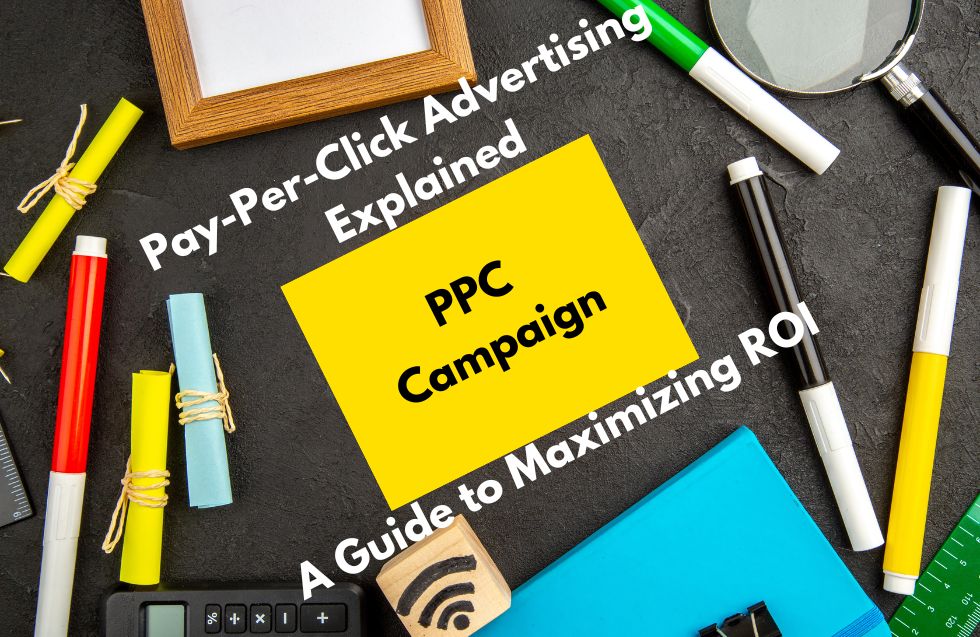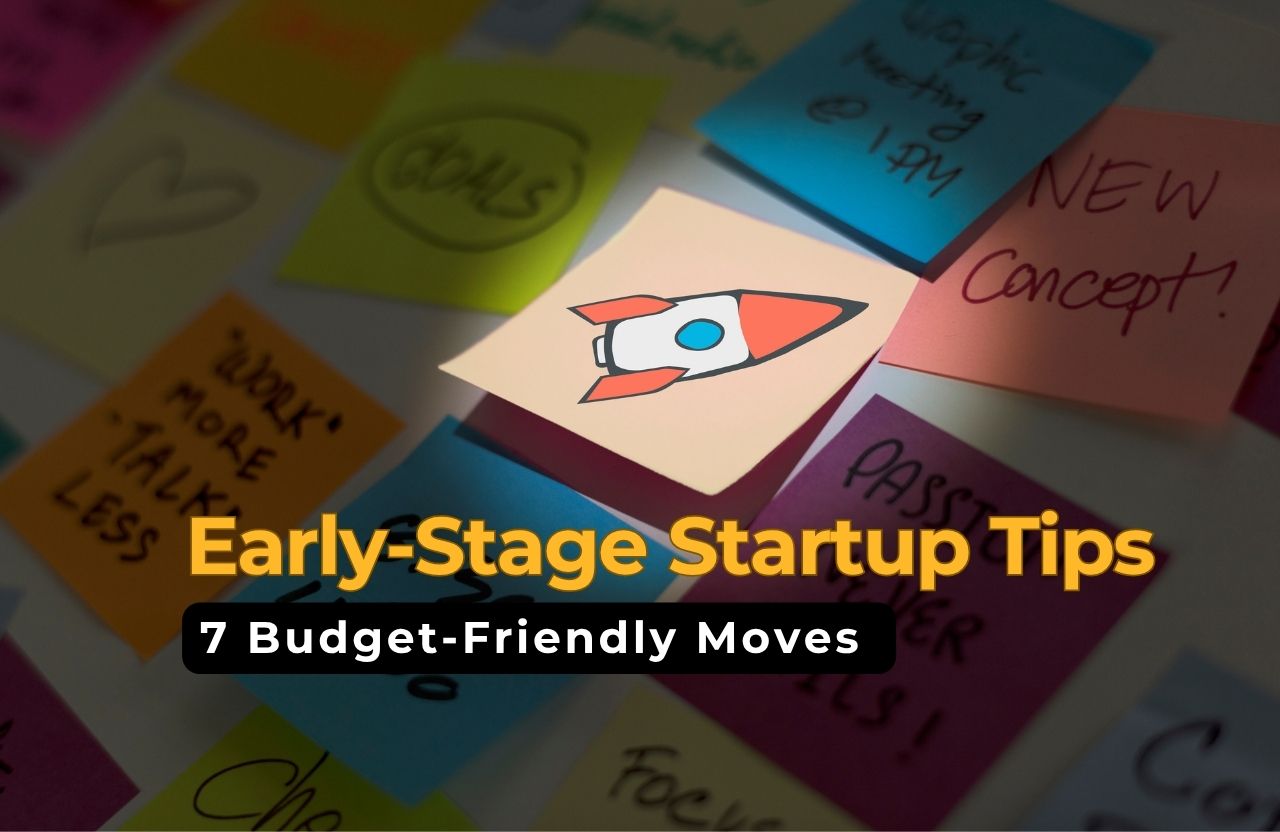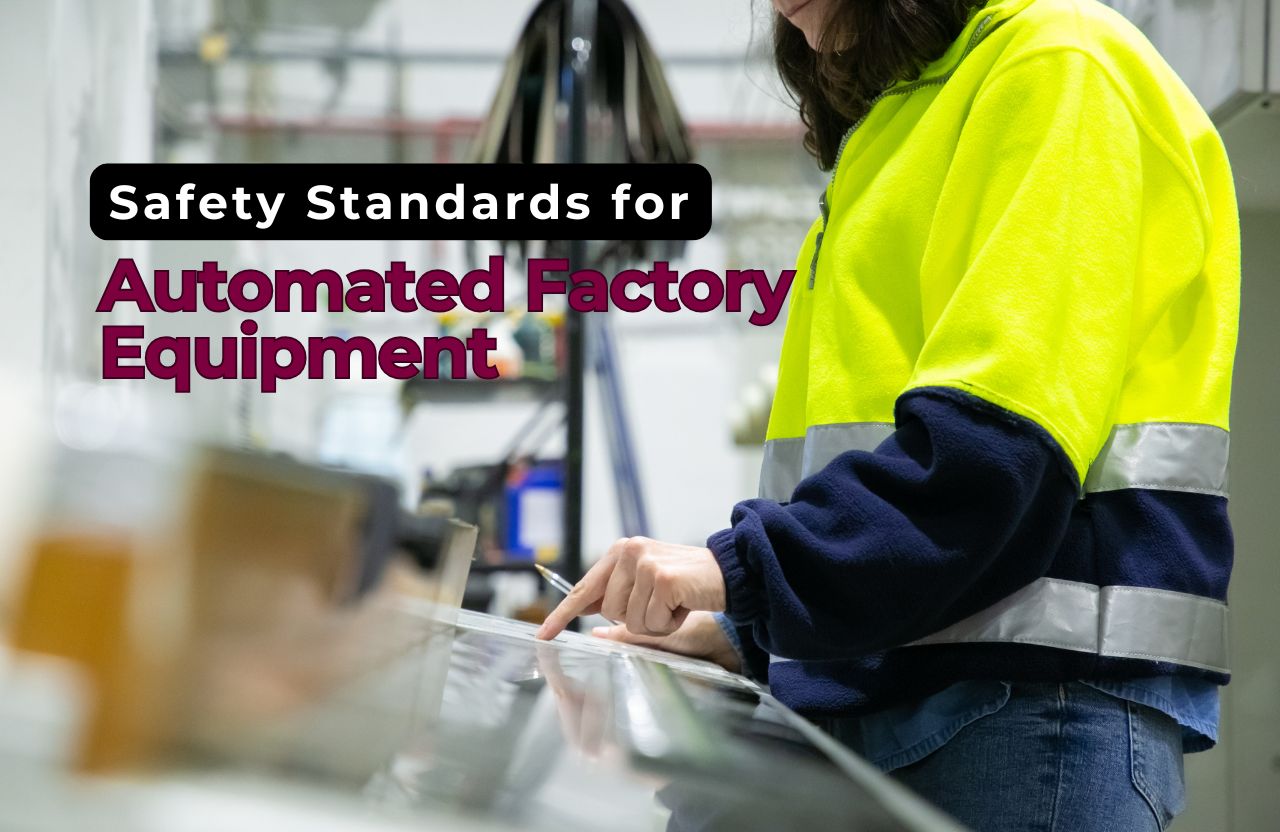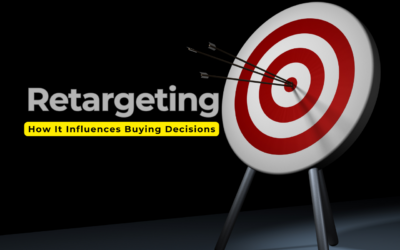In the competitive world of digital marketing, Pay-Per-Click (PPC) advertising is one of the most effective ways to drive targeted traffic, generate leads, and achieve a high return on investment (ROI). Understanding how to optimize PPC campaigns can mean the difference between wasted ad spend and a thriving marketing strategy. This guide breaks down the essentials of PPC advertising and provides actionable tips to maximize your ROI.
What Is Pay-Per-Click Advertising?
PPC advertising is a digital marketing model where advertisers pay a fee each time their ad is clicked. Essentially, it’s a way of buying visits to your site rather than earning them organically. PPC ads can appear on search engines, social media platforms, and other websites, making it a versatile tool for reaching your target audience.
Common Types of PPC Ads:
- Search Ads: Appear on search engine results pages (SERPs) when users type in specific keywords.
- Display Ads: Visual banners that appear on websites within a network.
- Shopping Ads: Product-focused ads that appear in search results.
- Social Media Ads: Sponsored posts on platforms like Facebook, Instagram, and LinkedIn.
- Video Ads: Ads that play before or during online videos, often on platforms like YouTube.
The Benefits of PPC Advertising
PPC advertising offers a range of benefits for businesses of all sizes:
- Immediate Results: Unlike organic strategies, PPC ads start driving traffic as soon as your campaign goes live.
- Targeted Reach: Use advanced targeting options to reach specific demographics, locations, and even behaviors.
- Measurable Performance: Access detailed analytics to track clicks, conversions, and ROI.
- Cost Control: Set a budget that works for your business and only pay for actual clicks.
- Brand Exposure: Even when users don’t click, your ads create brand awareness.
How to Create an Effective PPC Campaign
To get the most out of your PPC efforts, you need a well-structured campaign that aligns with your business goals. Here’s how to get started:
1. Define Your Goals
Before launching a campaign, determine what you want to achieve. Common PPC goals include increasing website traffic, generating leads, boosting sales, or enhancing brand awareness.
2. Conduct Keyword Research
Keyword research is the foundation of any successful PPC campaign. Use tools like Google Keyword Planner to identify high-performing keywords relevant to your business. Focus on keywords with high search volume and low competition to maximize your ROI.
3. Craft Compelling Ad Copy
Your ad copy should be clear, concise, and persuasive. Highlight unique selling points (USPs), include a strong call-to-action (CTA), and align the message with the user’s intent.
4. Design Engaging Visuals
If you’re running display or social media ads, visuals play a crucial role in capturing attention. Use professional stock photos or custom graphics that align with your brand identity. High-quality visuals can significantly improve click-through rates (CTR).
5. Optimize Landing Pages
Your landing page is where conversions happen. Ensure it’s optimized for speed, mobile-friendliness, and relevance to the ad. A seamless user experience can reduce bounce rates and increase conversions.
Maximizing ROI from PPC Campaigns
Maximizing ROI requires ongoing optimization and strategic planning. Here are some tips to ensure your PPC campaigns are as effective as possible:
1. Set a Realistic Budget
Determine how much you’re willing to spend on PPC advertising and allocate your budget across campaigns wisely. Start small, analyze performance, and scale up as needed.
2. Monitor Campaign Performance
Regularly review your campaign metrics to assess performance. Focus on key indicators like CTR, cost-per-click (CPC), and conversion rate to identify areas for improvement.
3. Use Negative Keywords
Negative keywords prevent your ads from appearing for irrelevant searches. This helps you avoid wasting money on clicks that are unlikely to convert.
4. A/B Test Your Ads
Experiment with different ad copy, visuals, and CTAs to see what resonates best with your audience. A/B testing helps refine your approach and improve overall performance.
5. Leverage Retargeting
Retargeting ads remind users who’ve interacted with your brand to come back and convert. These ads are highly effective because they target warm leads who are already familiar with your business.
Choosing the Right PPC Platform
Different platforms offer unique advantages depending on your goals and audience. Here’s a quick overview:
- Google Ads: Ideal for search ads and reaching users with high intent.
- Facebook Ads: Excellent for targeting specific demographics and interests.
- LinkedIn Ads: Best for B2B marketing and professional audiences.
- Instagram Ads: Perfect for visually-driven campaigns targeting younger audiences.
- YouTube Ads: Effective for video content and brand storytelling.
Common Mistakes to Avoid
Even experienced marketers can make missteps in their PPC campaigns. Here are some common mistakes to avoid:
- Ignoring Mobile Users: Ensure your ads and landing pages are mobile-optimized.
- Neglecting Analytics: Use data to inform your decisions and improve performance.
- Overlooking Quality Scores: Google Ads assigns a Quality Score based on the relevance and quality of your ads. A low score can increase CPC.
- Failing to Test: Always test new strategies and refine your campaigns based on results.
Conclusion
PPC advertising is a powerful tool for driving targeted traffic and generating measurable results. By defining clear goals, conducting thorough keyword research, and continually optimizing your campaigns, you can achieve a high ROI. High-quality visuals, such as professional stock photos, can enhance the appeal of your ads and improve engagement. Remember, successful PPC campaigns require regular monitoring, testing, and adaptation to stay ahead in the ever-changing digital landscape. With the right approach, you can turn clicks into conversions and elevate your business to new heights.












